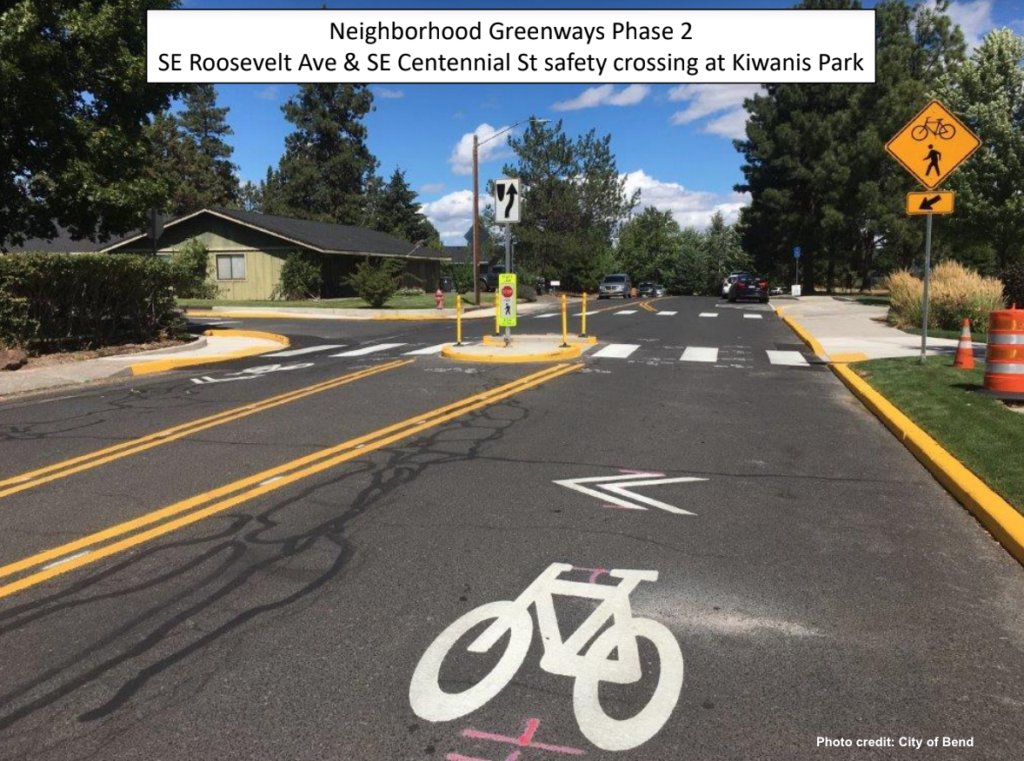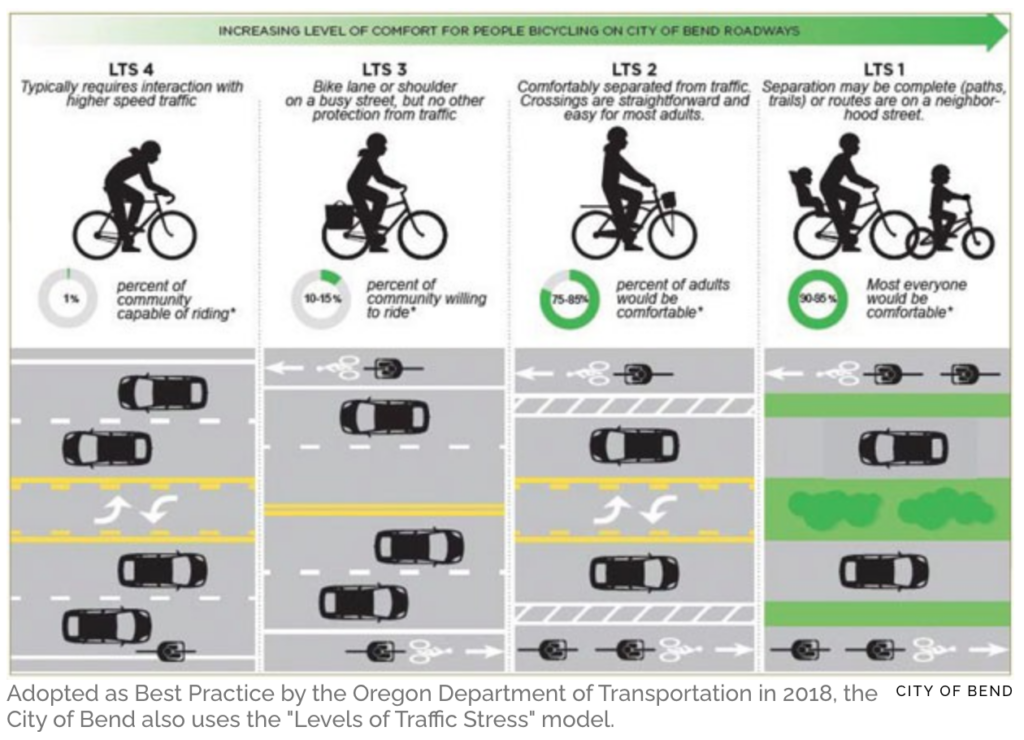
We have been busy at work this year as we finish up our board recruitment and start our 2021 goal setting! Our all volunteer board has been engaged in conversations with City staff as well as community partners to help inform our priorities for 2021 and we will have a lot more to report next month! Until then, here are a few things to keep on your radar!
Parking Minimums
City Councilor Melanie Kebler asked at the February 4th Council meeting to examine the idea of removing minimum parking requirements for new developments, which was supported by the other Council members and City staff. According to Active Living Research, “one reason why so many people drive in the U.S. is decades of car-centric planning, which has led to a system that makes driving convenient and cheap, but poses many obstacles to walking, cycling, and transit use.” In particular, Active Living Research pointed to the car-centric planning tactic of requiring minimum parking requirements for new buildings, such as private homes, businesses, shops, or restaurants, which results in free and ample parking.
Bend Bikes will be keeping a close eye on this as it moves forward. It would not only move Bend away from car-centric planning and encourage infrastructure for walking, biking, and transit, but Councilor Kebler advocated that this would free up land to build more affordable housing in Bend. For more, check out Councilor Kebler’s op ed on the issue that was recently published in The Bulletin.
Update from City of Bend Project Manager Rory Rowan
Bend Neighborhood Greenways Phases 2 and 3 construction completed in 2020: The City of Bend completed additional phases of this project supported by Bend Bikes on several streets throughout the summer and fall of 2020. To see a map of Phase 2 and 3 locations visit www.bendoregon.gov/neighborhoodgreenways Phase 1 of the project was completed in 2019. The improvements constructed during 2020 included shared lane pavement markings (AKA sharrows), speed limit reductions to 20 miles per hour, and some traffic calming features such as a neighborhood traffic circle near Vince Genna Stadium, asphalt speed humps, and a safety crossing at Kiwanis Park. The project also delivered the first two-way parking-protected bike lanes to Bend. These were installed on a short stretch of SW Division Street adjacent to Crux Fermentation Project to help make a safer connection between the Old Bend neighborhood and southeast Bend. Bend Bikes assisted City staff with testing this design out prior to construction during a meeting with surrounding businesses in 2019. Design on Phase 4 of the project will begin later this year.

Bend Neighborhood Street Safety Program (NSSP) debuts in 2020 and continues in 2021: Building on the success of the Neighborhood Greenways project and due to strong community demand, in 2019 the Bend City Council provided funding for the creation of an applications-based residential street safety improvement program. Bend Bikes took a strong role advocating for residents to support active transportation improvements across the community in these applications. Ultimately eight projects were selected and prioritized by the City with assistance from Bend’s Neighborhood Associations in early 2020. Two projects were constructed independently between spring and summer and two additional projects were accelerated by combining their construction with Phases 2 and 3 of the City’s Neighborhood Greenways project. This allowed for savings to taxpayers and delivered safety improvements to Bend streets faster than would have been possible otherwise. The remaining projects have been designed and are currently planned for construction in summer 2021. Additional funding for continuing this program was included in the transportation general obligation bond measure passed by voters in the November 2020 election. To learn more about the Neighborhood Street Safety Program, visit www.bendoregon.gov/streetsafety.
Low Stress Bike Network
Last month we talked about a complete bike network in Bend as a connection of bike routes where people of all ages and abilities feel safe. These routes would ideally be built as a low-stress bike network. For city planning purposes, Level of Traffic Stress (LTS) is a rating given to a section of road or an intersection indicating how comfortable people on bikes will feel using that road. The Levels of Traffic Stress (LTS) range from 1 to 4.

- LTS 1 means that people of all ages and abilities, including children, would feel comfortable biking on this road. This requires physical separation between the people that are biking and cars unless that traffic is very low volume and low speed, such as an off-street path or cul-de-sac roads.
- LTS 2 means that most adults, whether regular bicyclists or casual riders, will feel comfortable biking on these roads. Routes will have their own space in the road and will have minimal interactions with cars, such as residential streets.
- LTS 3 means that confident bike riders will feel comfortable using these roads. Routes will be along roads with more cars or higher speeds, or involve minimal mixing with cars.
- LTS 4 means only fearless bike riders will feel comfortable using these roads. These routes involve interactions with higher speed traffic or in close proximity to high speed traffic, such as the Bend Parkway or 3rd Street.
Bend’s bike network will need connected and low-stress routes throughout the city that are LTS 1 and 2 to be complete. The off-street path next to Skyliners Road near Miller Elementary School is an LTS 1 segment—Bend’s complete and low-stress bike network will need a similar connection of routes like this path throughout the city. We will look at other ways to get low-stress bike areas in town next time!
Save the Date for the 10th Anniversary of the Ride of Silence!
Bend Bikes supporter John Pings is hosting the 10th Anniversary of the Ride of Silence on Wednesday, May 19th 7:00 pm at Pioneer Park!

